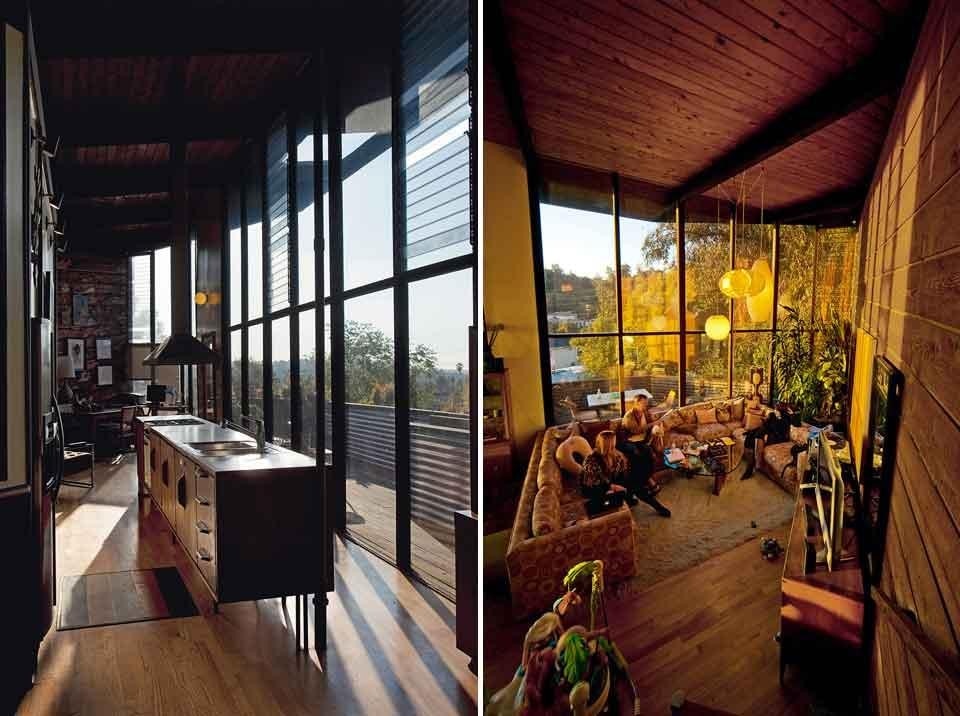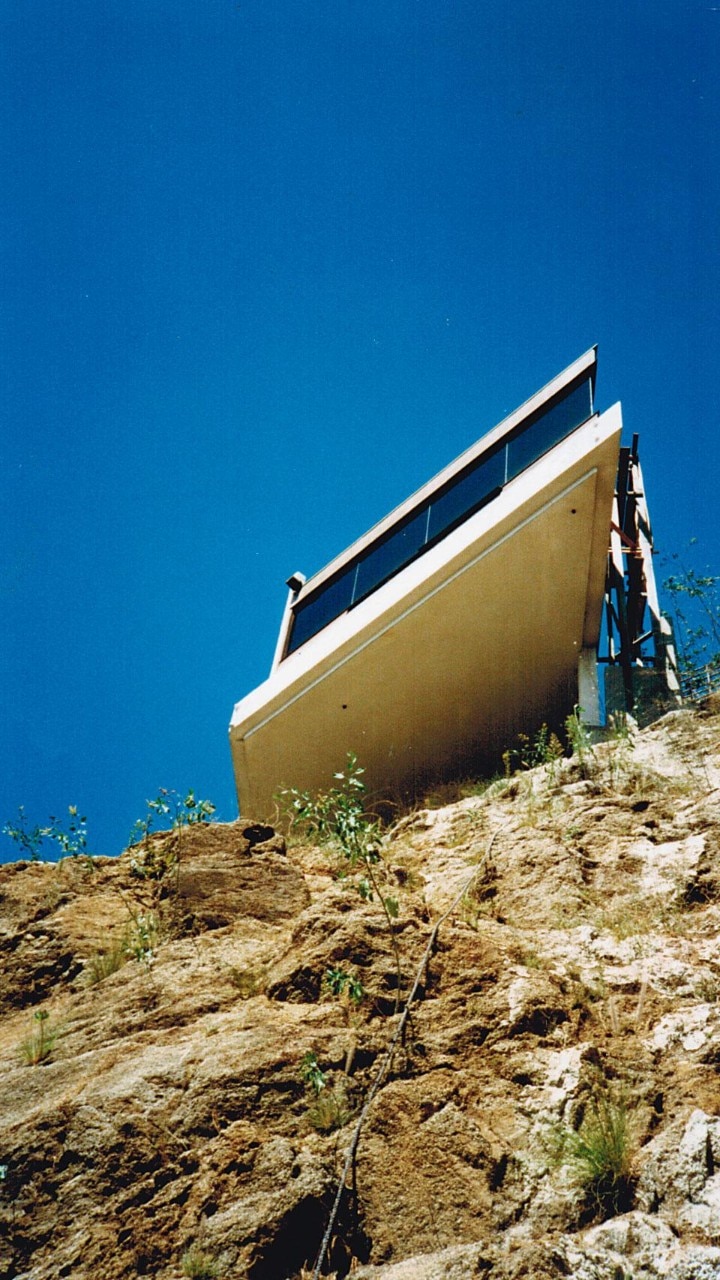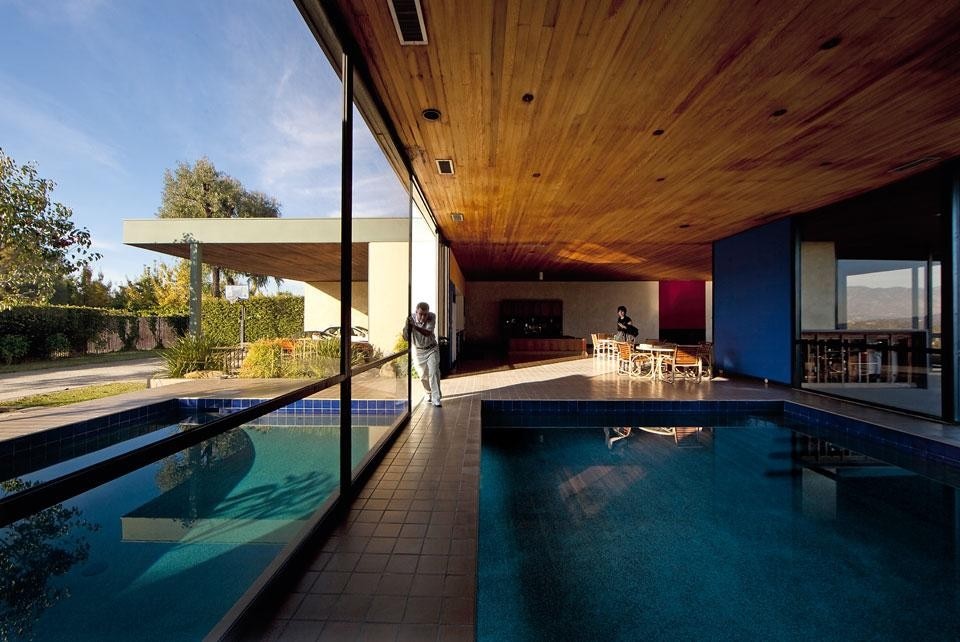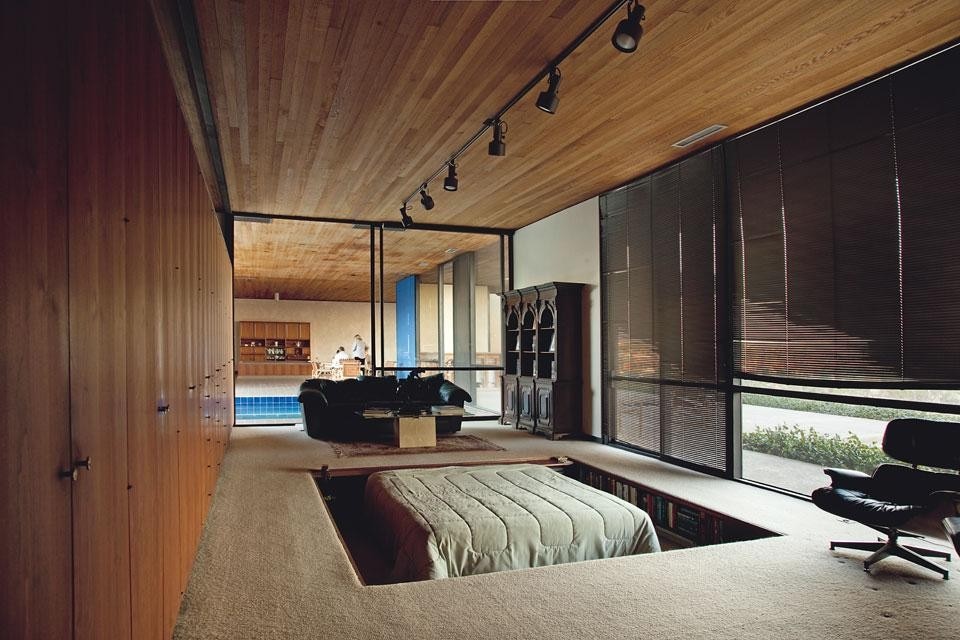
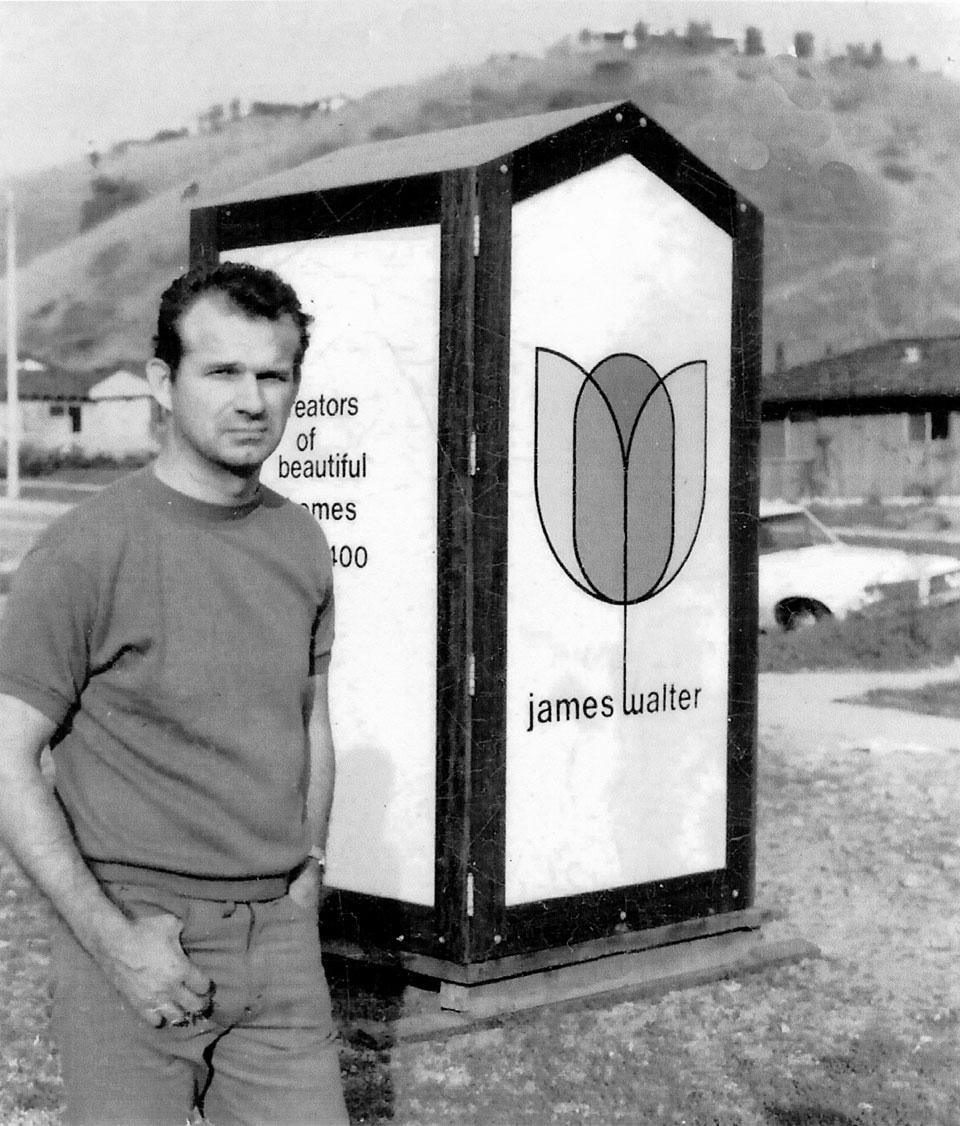
I don’t use the word ‘easy’. Nothing I’ve ever done has been easy. I march to the beat of my own drummer
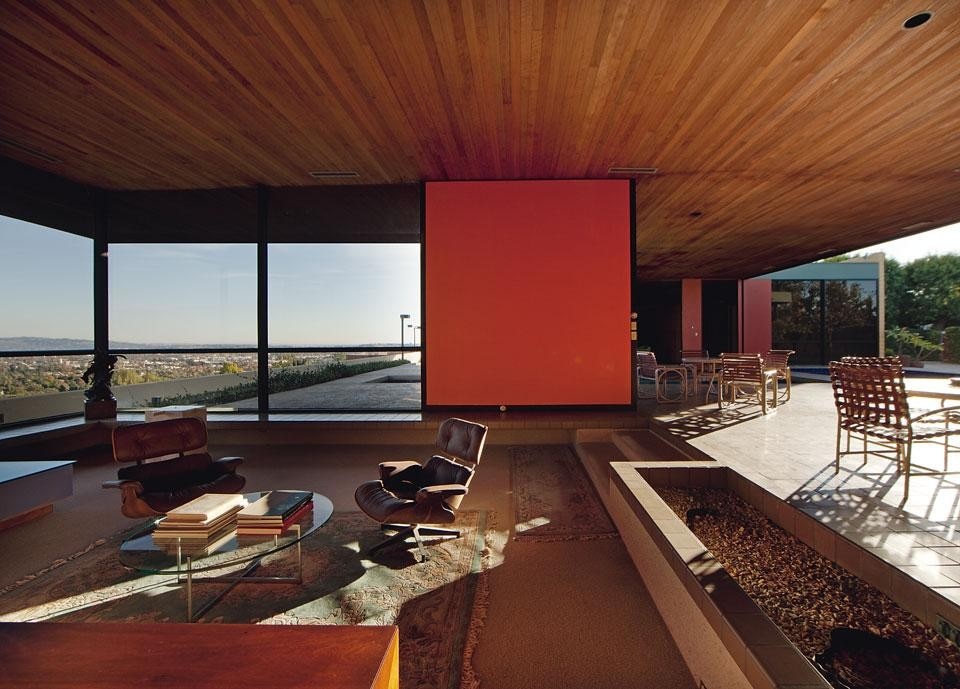
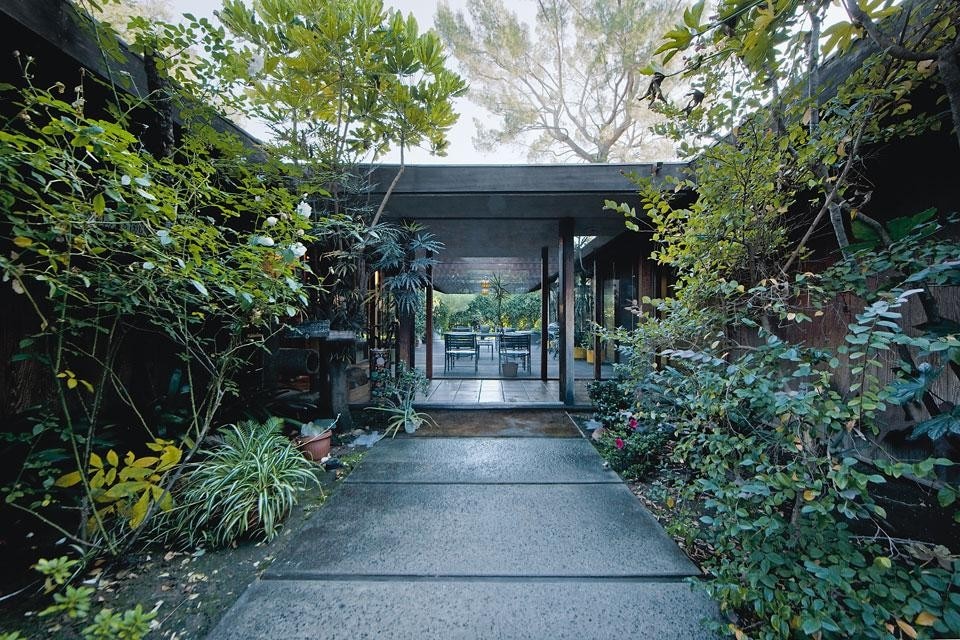
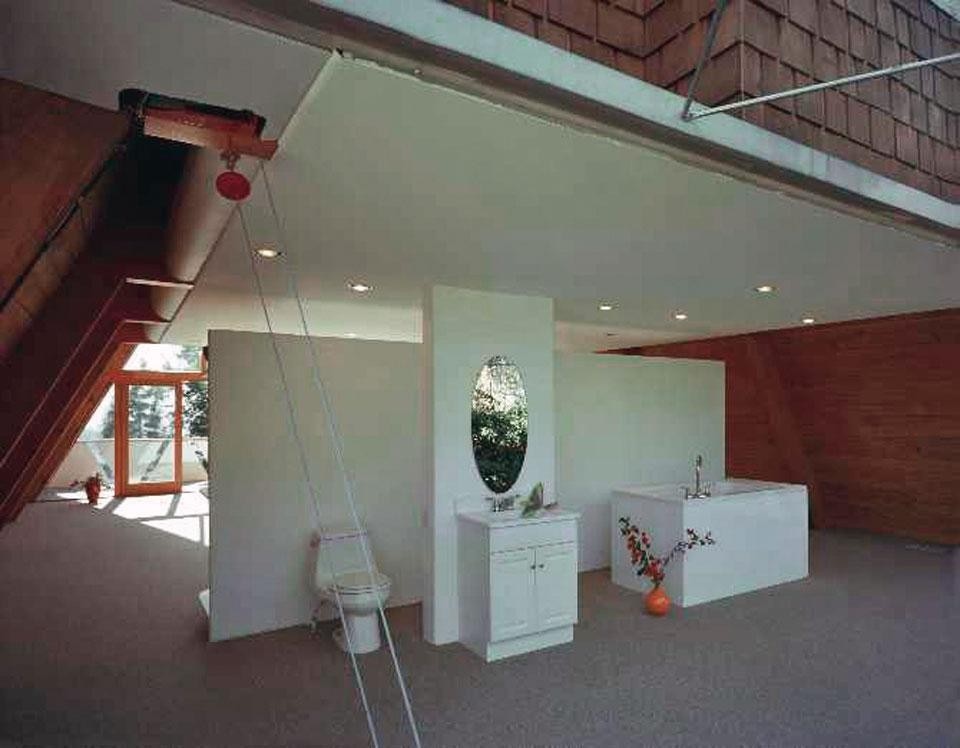
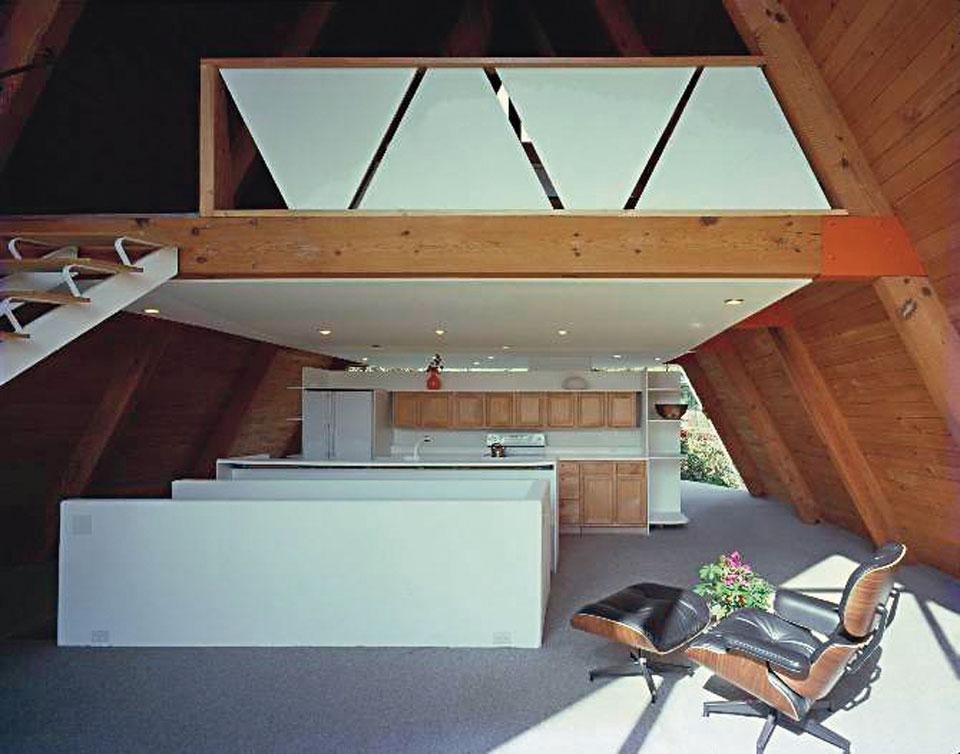
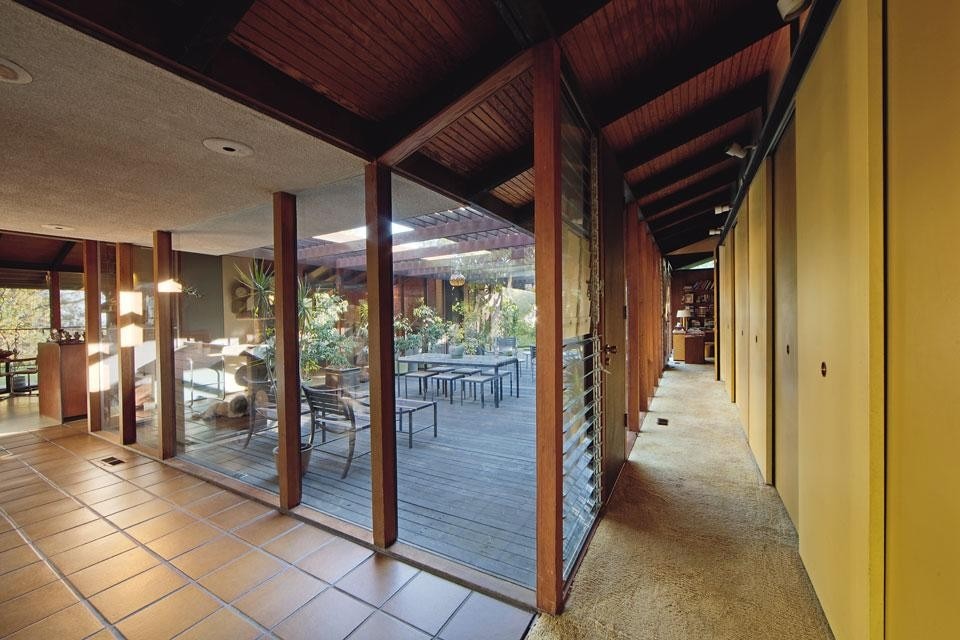
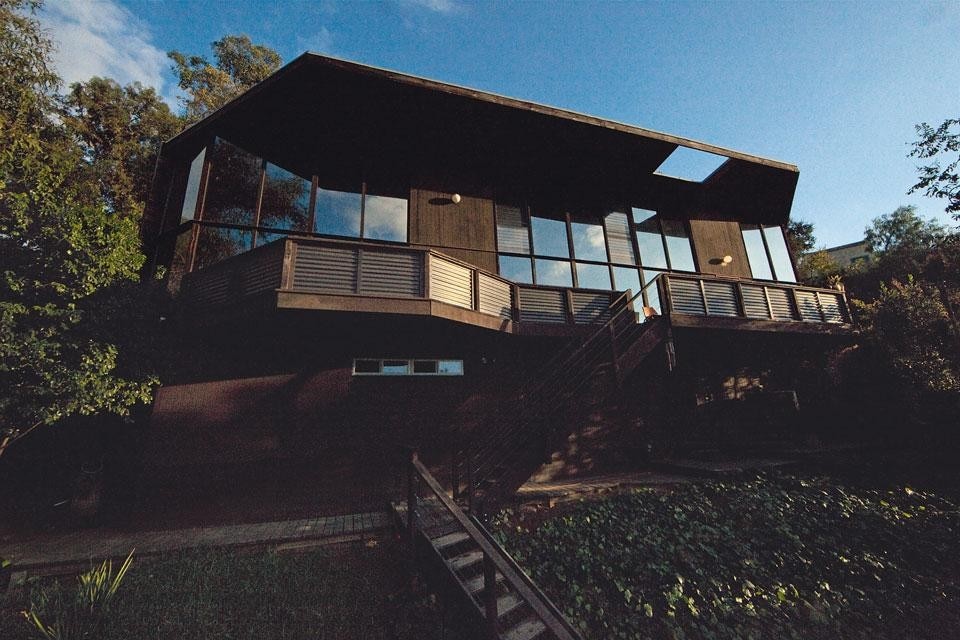
Graduate, Art Center School of Design, Los Angeles Industrial designer, architectural designer, builder, inventor-artist, writer, philosopher, photographer, furniture designer, graphics designer, designer of exotic clothing, automobile collector, illustrator, master craftsman, circus acrobat and aspiring helicopter pilot.
James Allen Walter discovered an interest in architecture while growing up in Ohio on a farm. Rearranging bales of hay up in the loft of the old tobacco barn, he created magic castles with hidden rooms and secret tunnels. This early imprint on his vivid imagination has inspired a wonderful sense of adventure into many of the various disciplines that still guide him into unchartered territories of exciting opportunity today.
